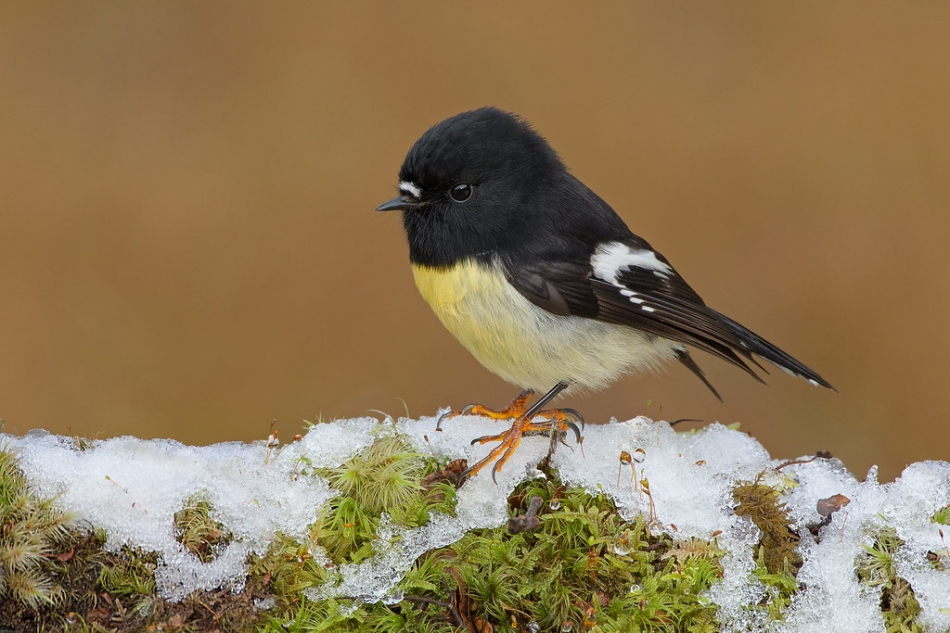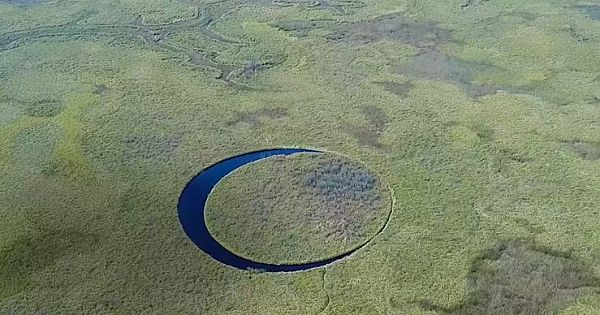The Cute Tiny Tomtits With Oversized Heads On A Ball Of Yellow Feathers
The tomtit (Petroica macrocephala) fits perfectly into the Australasian robins family, with a large head, tiny beak, and round puffed-out little body. They found only on the islands of New Zealand.
Tomtits remain on their territories throughout the year. During the moult, territorial activities, such as singing, boundary patrolling and chasing out intruders, are much reduced, but during the rest of the year, especially during the breeding season, both males and females are vigorous in territorial defence. While territorial adults are sedentary, juveniles and immatures looking for mates and vacant habitat sometimes disperse tens of kilometres, including crossing unsuitable habitat (e.g. open-country farmland) and over water. As a result individuals are sometimes seen during autumn-winter in some towns. Tomtits search for prey at all levels in forest, from in emergents above the canopy to the ground. Their principle method of foraging involves scanning the surrounding area while perched on a branch or clinging to a trunk, and then flying forth to snatch up a prey item or moving to another perch to scan a new area. Areas scanned for prey include all vegetation surfaces and the ground. They generally forage alone or in pairs, but occasionally associate with mixed-species foraging flocks. Tomtits feed on a wide range of small invertebrates, including spiders, amphipods, beetles, flies, moths (both adults and larvae) and weta. Also, small fruit are occasionally eaten, being swallowed whole. Here's A North Island Tomtit Looking Absolutely Adorable In The Taranaki National Park On The West Coast Of The North Island:




